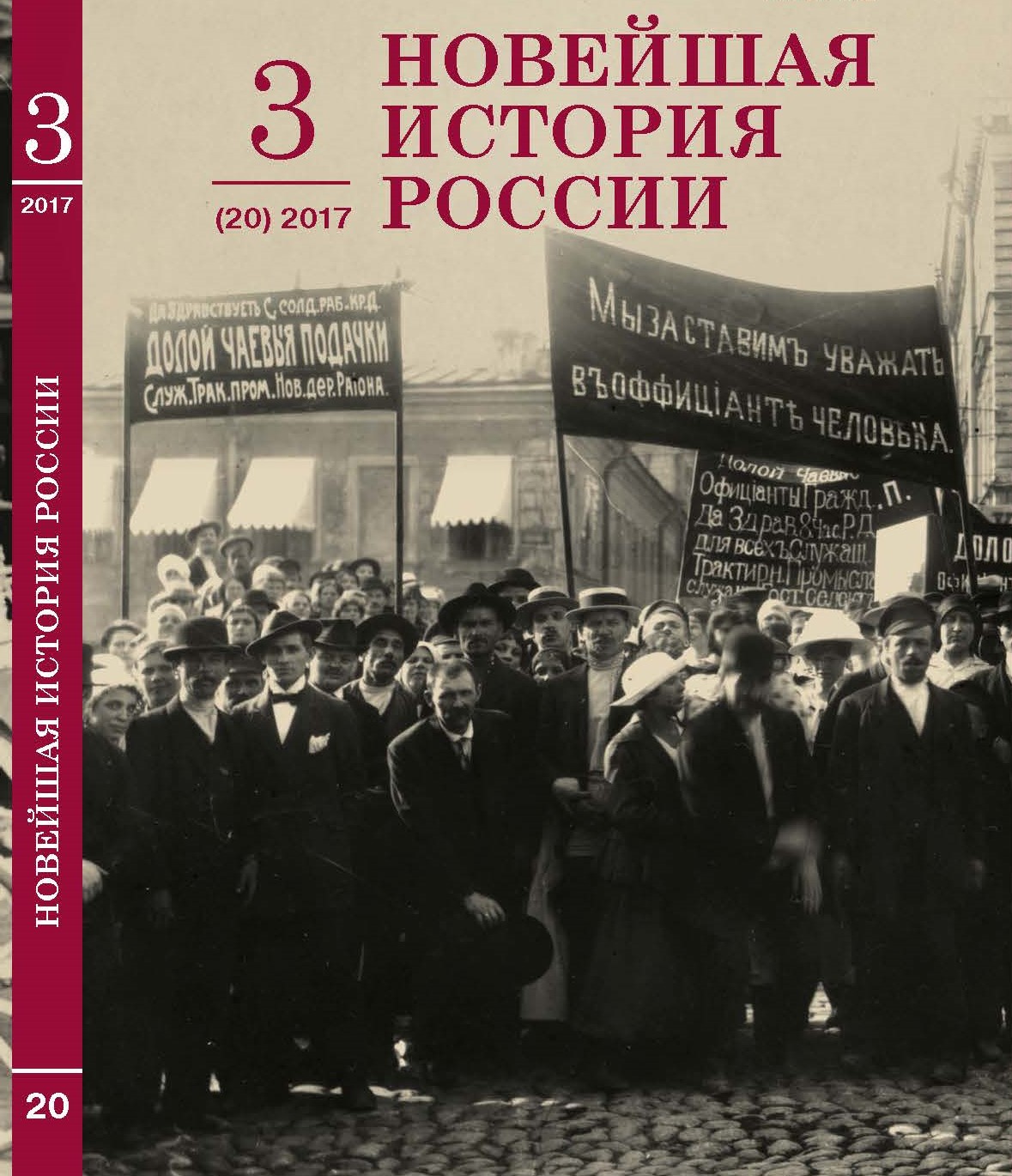Memorialised and Imagined. Meanings of the Urban Space of Vyborg
Memorialised and Imagined. Meanings of the Urban Space of Vyborg
Author(s): Jani KarhuSubject(s): History, Cultural history, Ethnohistory, Local History / Microhistory, Recent History (1900 till today), Interwar Period (1920 - 1939)
Published by: Издательство Исторического факультета СПбГУ
Keywords: Interpretations; History; Places of Memory; Postmemory; Memory; Vyborg
Summary/Abstract: In this article, I analyse both the urban space of Vyborg in relation to the Finnish tradition of memorial- ising the town, and the meanings given to certain places. My analysis is concentrating to three central monuments inside the city space of Vyborg: the Castle, the Round Tower and the Library. The article has its roots in our Finnish Academy project “Meanings of an Urban Space, Past and Present”. Main theoretical concepts are imagined city by James Donald, places of memory by Pierre Nora and postmemory by Marianne Hirsch. The trauma of losing Vyborg in World War II has had a great effect on the way that Finns have memorialised the town. My fi suggest that a certain tradition of memorialising (postmemory) can produce imagined and, in many ways, fi collective views of history, which are materialising through the popular monuments of the town space. Monuments like Vyborg Castle, the Round Tower, and the Central City Alvar Aalto Library are the core places of memory for Finns. In many cases, however, they are not important because of their present reality but due to their meanings inside the imagination. These imagined realities also include strong claims of ownership towards the town space, which seems to be set in the era of Finnish independence in the 1920s and 1930s.
Journal: Новейшая история России
- Issue Year: 7/2017
- Issue No: 20
- Page Range: 149-162
- Page Count: 14
- Language: English

